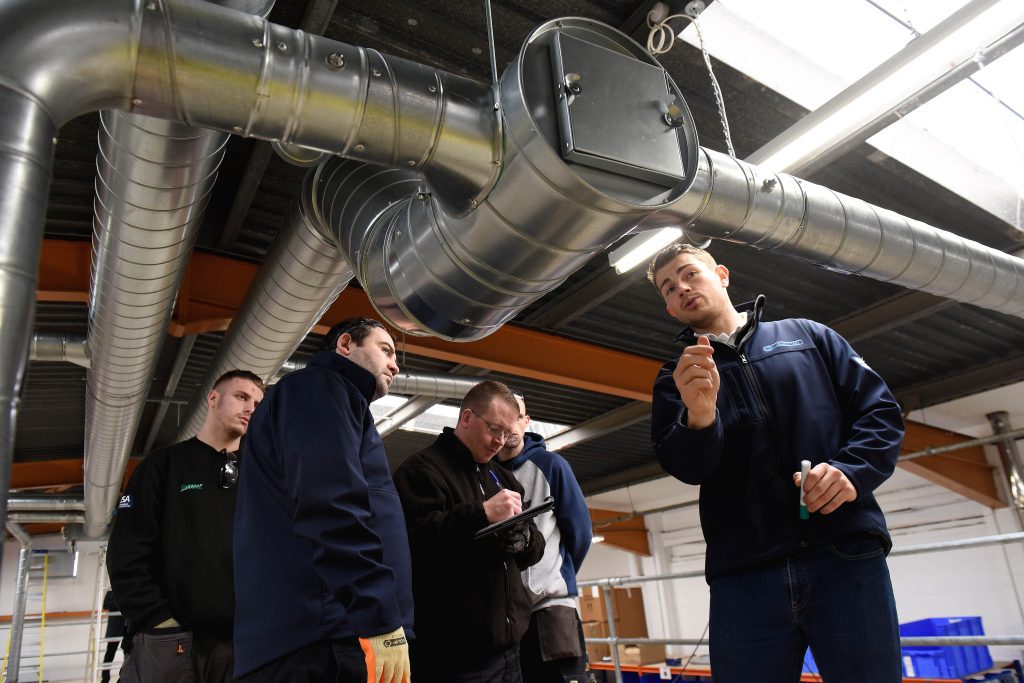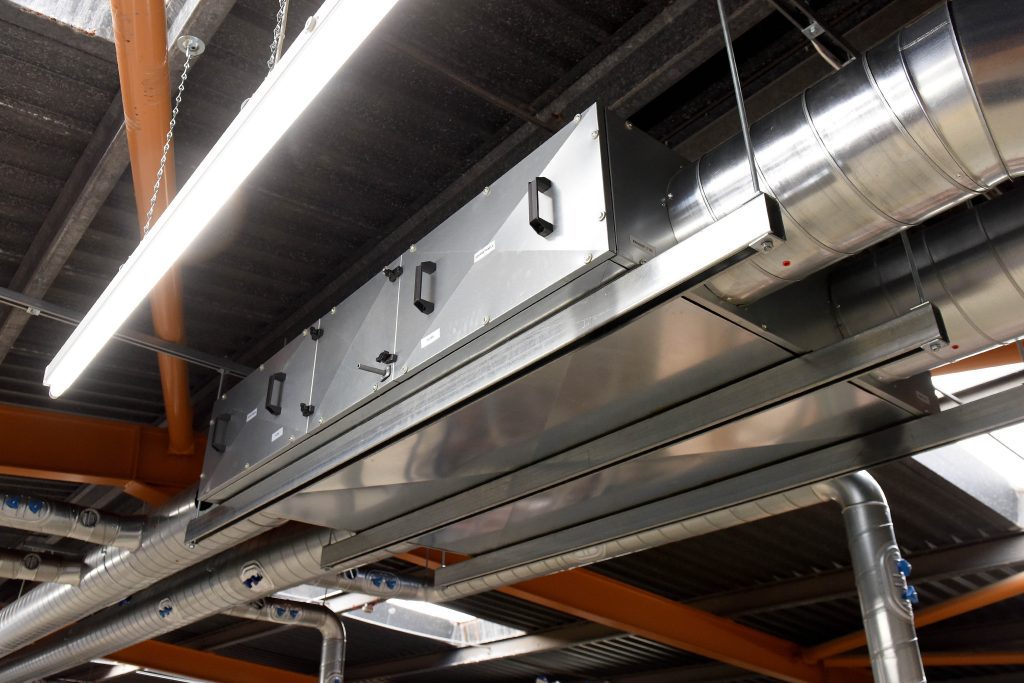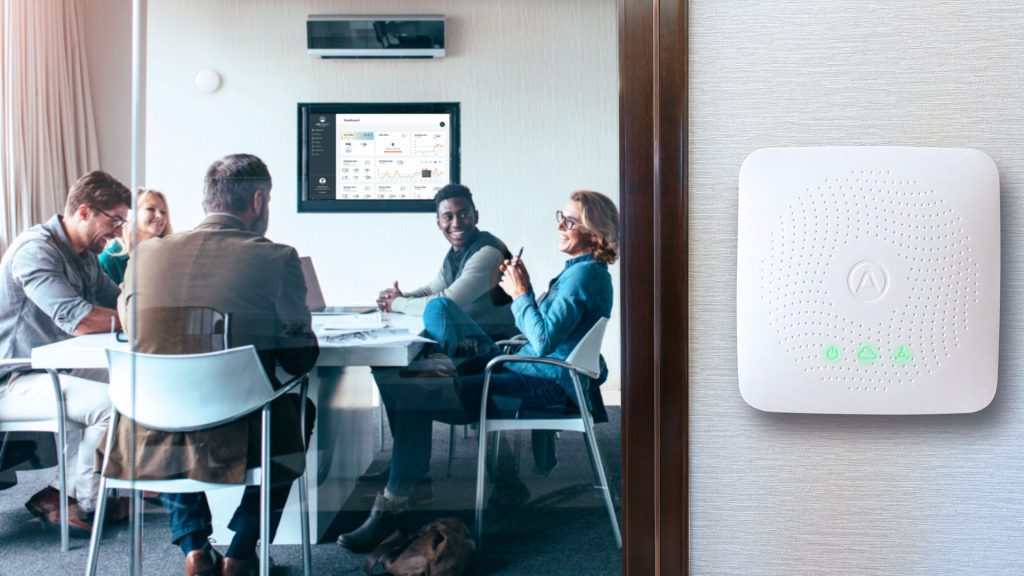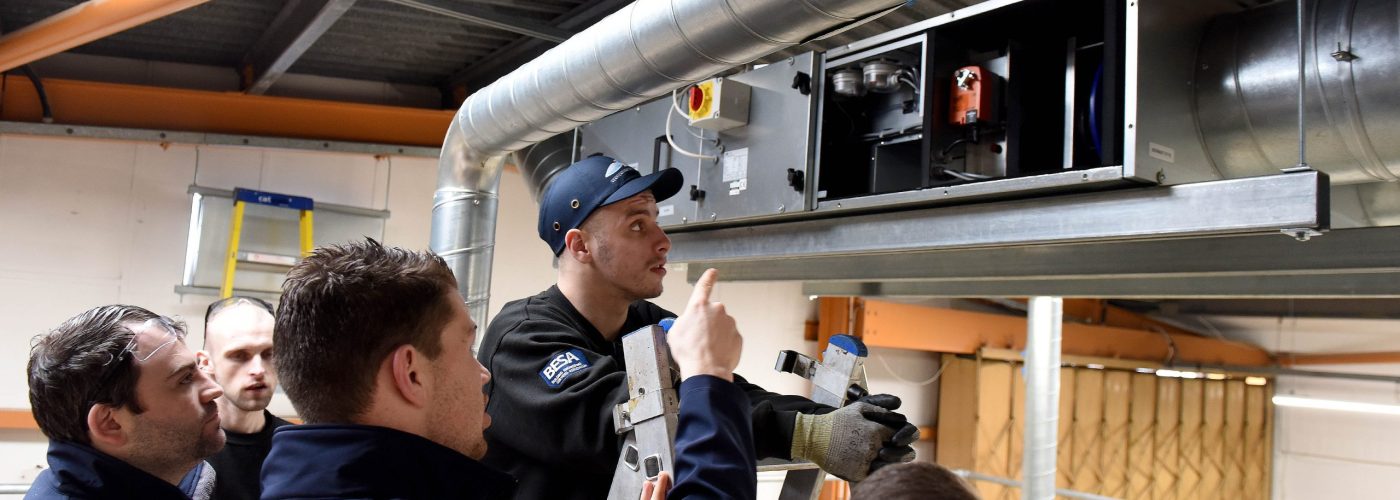According to recent research, a significant portion of office buildings in the United Kingdom do not meet the Minimum Energy Efficiency Standard (MEES) legislation. David Millward, Group Product Manager at Elta Fans, urges building owners and facilities managers to conduct thorough reviews of ventilation systems to fill in any gaps in compliance with the MEES and also Part F of the Building Regulations.

Leading UK property consultancy Carter Jonas conducted research revealing only 31.6% of the office stock currently meets the minimum proposed MEES standard of EPC band C or better, which is needed by 2027. Even more concerning, a mere 8.3% of office stock sits in EPC band B, which is the minimum MEES requirement by 2030[1]. With the tightening of MEES regulations, a substantial proportion of office buildings could be unlettable by 2027 unless necessary upgrades are carried out.
Following this revelation, David encourages building services stakeholders to look into how ventilation systems are performing. David said: “Keeping a close eye on energy consumption related to ventilation systems can not only help quickly identify performance issues but also contribute to overall sustainability efforts. Addressing these inefficiencies translates into reduced operational costs and a more environmentally friendly operation that complies with the MEES.
“We encourage building owners and facilities managers to collaborate with ventilation experts, to pinpoint areas where energy efficiency improvements can be made. As MEES regulations continue to evolve, the need for proactive action becomes increasingly evident. Taking these steps now secures the long-term sustainability and marketability of non-residential properties while providing more comfortable and energy-efficient spaces for tenants.”
To meet the impending legislative requirements of MEES, it is essential to also align operations with other regulations such as Part F of the Building Regulations, which governs ventilation, stresses David. One uplift that came during the uplift of the regulations last year is that it is now required for CO2 monitors to be installed to measure air quality in new build office spaces[2].
“At the same time of conducting a review, we advise that to maintain optimal indoor air quality and be compliant with Part F, continuous monitoring is essential, especially in populated spaces such as offices. Although CO2 monitoring is only mandated for new build offices, we encourage everybody to install these systems as they provide lots of other benefits and can help define indoor air quality strategies,” said David.
“Monitors provide continuous tracking of crucial indoor air quality parameters. Last year, we launched our partnership with Airthings for this reason to allow building and facilities managers to track CO2 levels, particulate matter, noise levels, relative humidity, temperature, relative light intensity and more. Moreover, the Airthings systems receive constant improvements and over-the-cloud upgrades directly to the device, ensuring accurate and up-to-date data.”
“This approach not only promotes occupant health and enhanced productivity but also ensures compliance with environmental and regulatory standards. By combining efficient ventilation system management with continuous indoor air quality monitoring, building owners and facilities managers can create safer, healthier, and more sustainable indoor environments,” concludes David.
To find out more about air quality monitoring solutions click here.






Building, Design & Construction Magazine | The Choice of Industry Professionals





